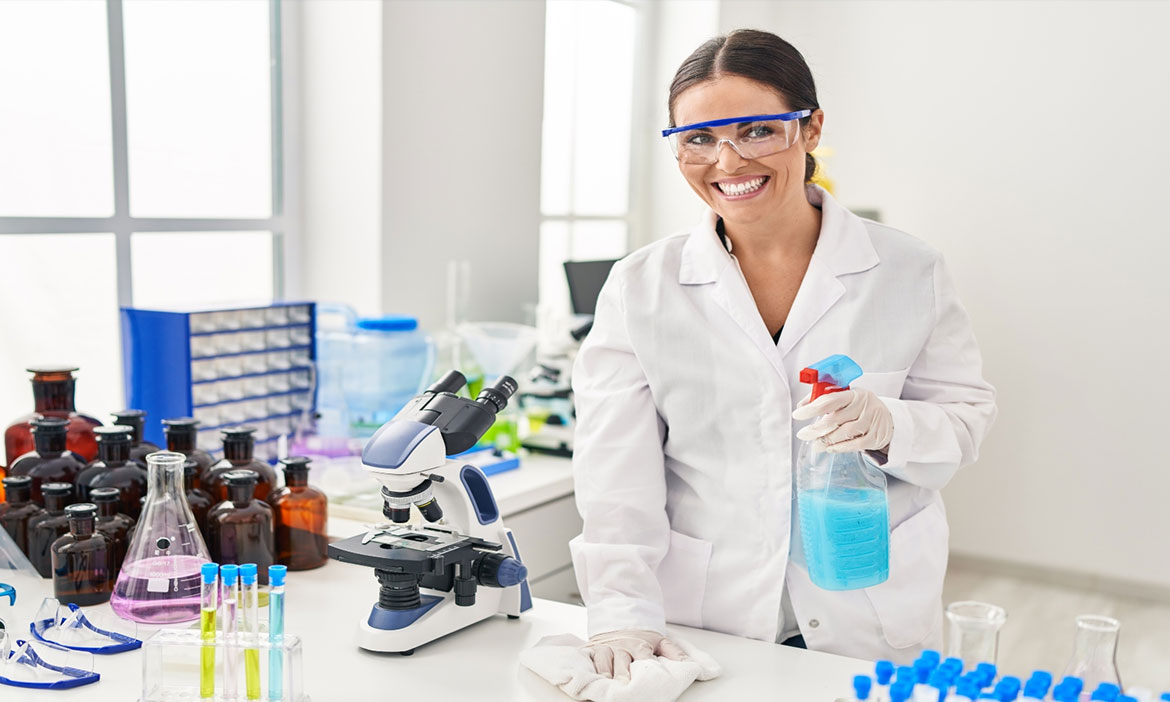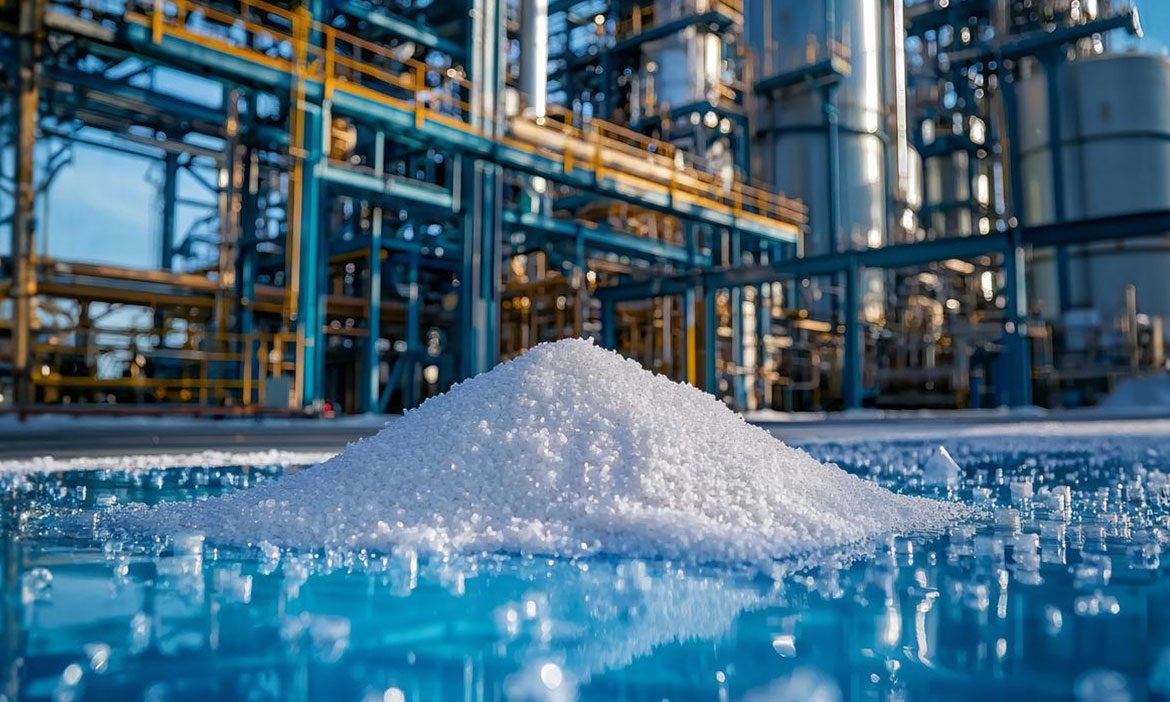Creating a Clean Chemical Laboratory: Principles, Practices, and Visual Insights
A clean chemical laboratory is more than just an orderly space—it’s a critical environment where precision, safety, and efficiency converge. In the realm of science, where even a single contaminant can skew results or trigger hazardous reactions, cleanliness isn’t optional—it’s essential. This blog explores the principles behind maintaining a clean chemical lab, supported by visual elements to illustrate best practices.
Why Cleanliness Matters
Clean chemical labs are vital for:
- Accurate results: Contaminants, even at micro levels, can interfere with chemical reactions, leading to flawed data.
- Safety: Spills, cross-contamination, and improper storage increase the risk of fire, explosion, or toxic exposure.
- Compliance: Regulatory bodies such as OSHA, EPA, and local authorities mandate strict cleanliness and waste disposal protocols.
Core Practices for a Clean Lab
- Zoning and Layout
The first step toward a clean lab starts with an efficient layout. Labs are typically divided into:- Wet Zones for chemical handling and reactions
- Dry Zones for instrumentation and documentation
- Storage Areas for chemicals, glassware, and PPE
- Personal Protective Equipment (PPE)
Clean labs require that all personnel wear appropriate PPE such as lab coats, gloves, goggles, and sometimes masks or full-face shields. PPE should be stored in a designated area and never worn outside the lab to avoid contamination. Illustration idea: A figure of a lab worker wearing PPE, with callouts highlighting each item’s purpose. - Chemical Storage and Labeling
Every substance in the lab should be labeled clearly with the name, concentration, date, and hazard classification. Incompatible chemicals must be stored separately (e.g., acids away from bases, flammables in ventilated cabinets). Illustration idea: Storage shelves with labels, color-coded bottles, and a segregation chart for chemical incompatibilities. - Daily Cleaning and Maintenance
Lab benches, sinks, and fume hoods must be cleaned daily. Used glassware should be washed promptly. Regular deep-cleaning schedules should be posted and followed rigorously. Illustration idea: A checklist with icons for tasks like wiping benches, disposing waste, and checking eye wash stations. - Waste Management
Chemical waste should be separated into appropriate containers—organic, inorganic, sharps, and biohazard (if applicable). Each container must be sealed, labeled, and picked up according to lab policy. Illustration idea: A waste station with separate bins, warning labels, and a flowchart for disposal procedures.
Final Thoughts
Maintaining a clean chemical laboratory isn’t just about aesthetics—it’s about upholding the integrity of scientific work and protecting the people who make it happen. With clear procedures, thoughtful design, and a shared culture of responsibility, any lab can become a model of cleanliness and efficiency.





